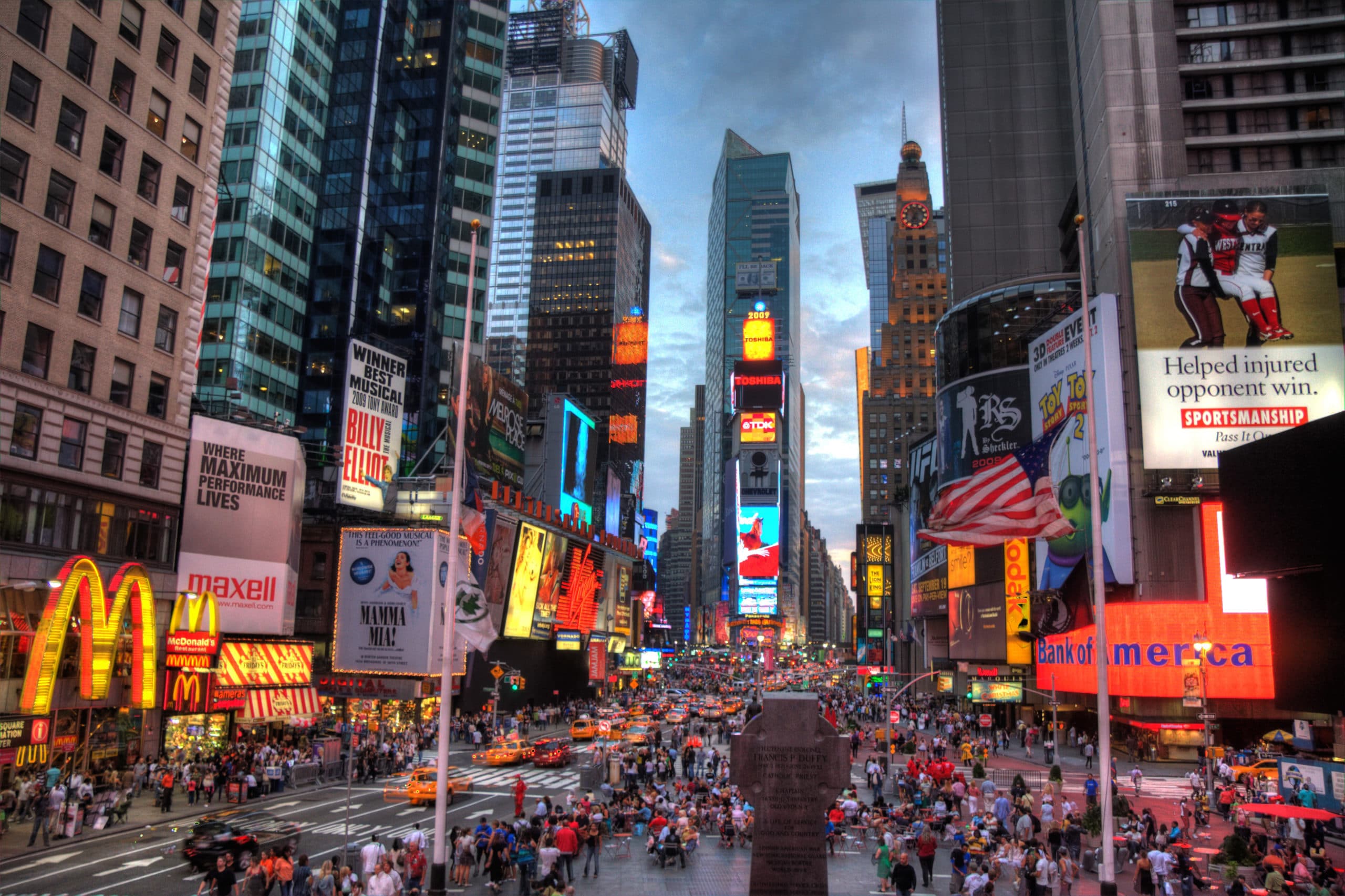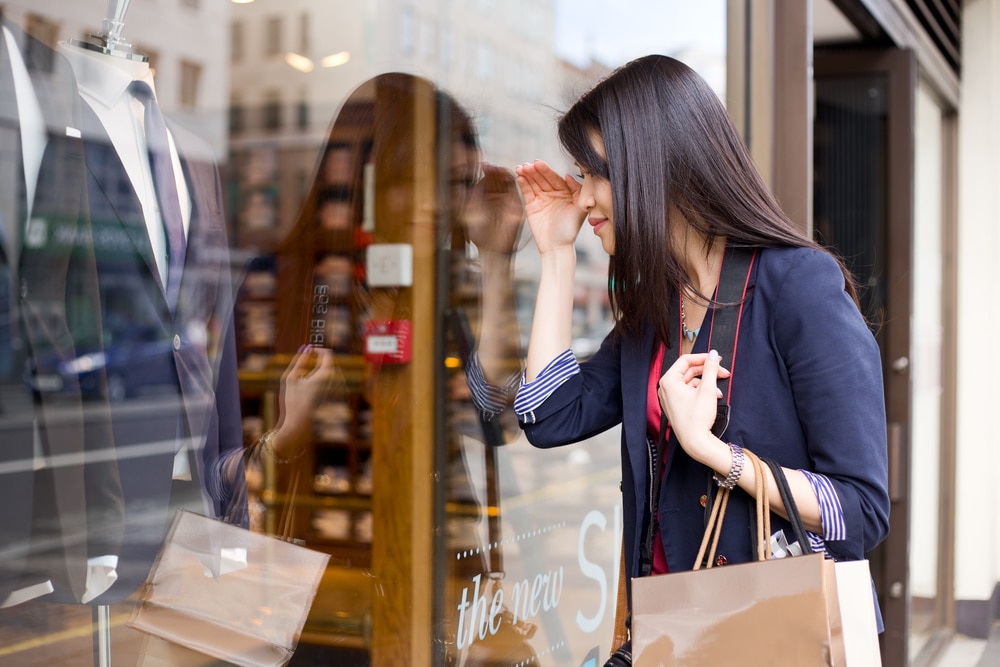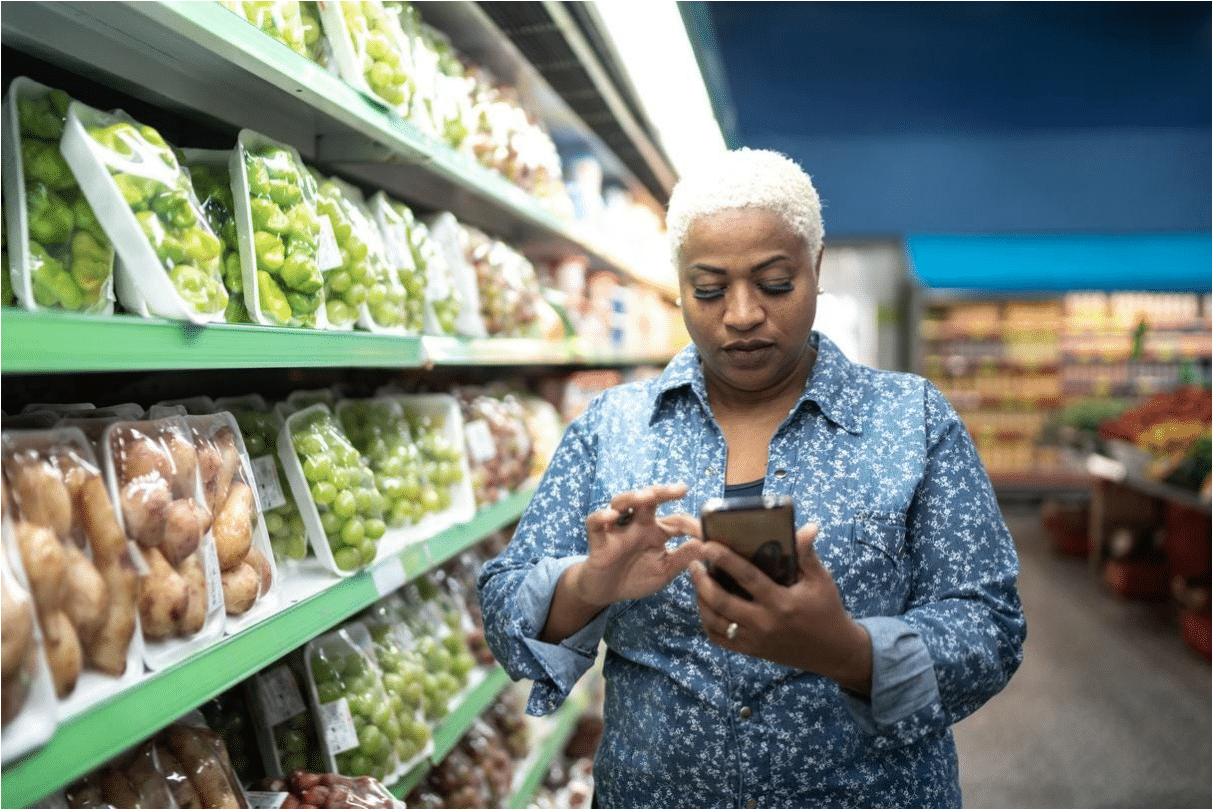What do consumers want in 2022? New research examines how customers behaviour has shifted during the pandemic, and what this means for how retailers should interact with them.
The past 18 months has reshaped the retail landscape and sent retail analysts into overdrive trying to understand how consumers behaviour has adapted and shifted during the pandemic.
What was once accepted truths about shopper’s habits have been disrupted, and understanding what this means for big or small retailers is paramount in 2022.
Capgemini’s new report ‘What Matters to Today’s Consumer’ helps unpick changes in consumer behaviour, and understand what might be temporary or more permanent shifts. It highlights how the ‘conscious consumer’ is becoming commonplace and emphasises the impact of ongoing supply chain issues and cost of living increases.
Supply chain issues set to continue
In late 2021, business leaders from a range of sectors told the House of Commons business, energy and industrial strategy committee that small businesses would bear the brunt of labour shortages and price rises until 2023.
Tim Bridges, global sector lead for consumer products, retail and distribution at Capgemini speaking via email, underlines what is at stake. “Retailers mustn’t take their eyes off supply chain challenges this year. They can spend huge amounts of money marketing but if the product availability is constrained it’s all for nothing”.
He adds that “fifty-four per cent of consumers prefer local or regional products" and highlights that a move to a more localised supply chain "not only drives brand purpose but also creates agility and flexibility to be able to deliver in supply-constrained scenarios.”
Cost of living sky rockets
Consumer spending has been a major driver of the economic recovery, but with consumer confidence dropping to its lowest level in 11 months as people worry about surging inflation and fuel bills, there are suggestions that rising living costs will slow the household spending recovery.
Bridges explores how retailers are tackling this issue. “We are starting to see two different approaches to tackling price rises. One is a move to subscription models. Here, price increases are spread out over time. The other is to let consumers decide – do they want what they’re after, or an economy option? Often, consumers still opt to pay a premium – as long as they are offered a choice.”
The holy grail – brand loyalty
Brand loyalty, the ability of retailers and brands to retain customers, is highlighted as a key to success in Capgemini’s study. Accenture also examined brand loyalty in a recent report on the impact of the pandemic, looking at how we want to consume has been shaped by the seismic shifts in how we live.
Accenture’s work notes that the pandemic encouraged consumers to look inward, “elevating concepts of relationships and responsibility and re-evaluating their priorities.
It highlighted how these "new mindsets are shaping where, what and how consumers buy, which companies must be acutely aware of as they aim to build loyalty with the consumer in 2022. Through their purchase choices, they are purposefully seeking to influence their communities and the environment, and to confirm how they see themselves in the world."
Bridges agrees, noting that as well as being aware of what is driving today's consumers, retailers must stay tuned in to what customers are saying and thinking. Consumer product companies have many more avenues today to promote brand awareness and loyalty that’s additive to the retailers selling their products. The most active channel is social media, both for promotion and for understanding consumers’ reaction in
real-time – and, therefore, being able to make adjustments just as quickly”.
Consumers know what they want
Today’s consumer expects many things for the businesses they buy from. The ethos and ethical standing of not only the product but the company is extremely important to them. In addition to aligned values, they also want convenience. Whether that’s a multi-channel experience with fast, easy delivery and fulfillment alongside straightforward, multi-payment options, the bar has been set high.
The key to success in 2022 will be recognising that these demands exist, and plotting a course to not only meet expectations, but exceed them in ways that build trust and loyalty.
This article was written by Catherine Erdly from Forbes and was legally licensed through the Industry Dive Content Marketplace. Please direct all licensing questions to [email protected].




